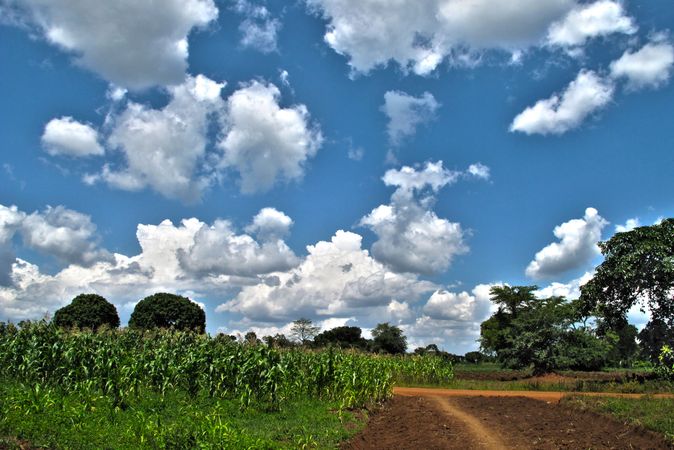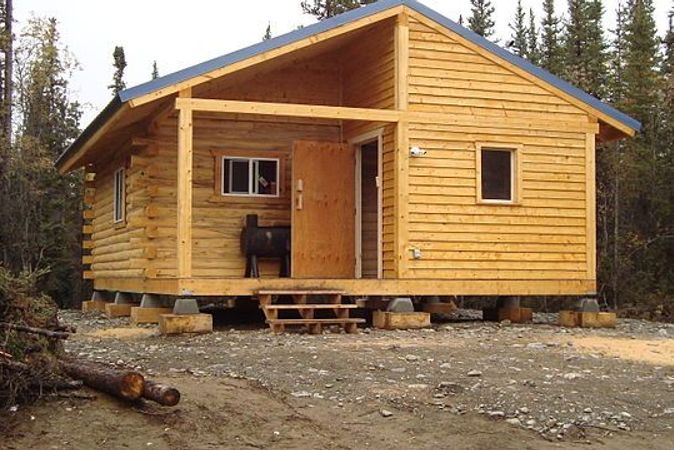Ask any property owner their least favorite task. We’d bet good money that “fencing” is the likely answer. You may even bear scars on your hands and arms as the result from a day among the barbed wire. Do they even make gloves tough enough to stop a steel barb or a thumb-smashing hammer?
While fencing is a daunting task absolutely nobody looks forward to, it is a necessary evil that literally shapes the property. Potential buyers like to see the tangible and a property without boundaries might as well have an “Open to the Public” sign. Fencing your property will also help keep animals out. Imagine you’re a deer hunter who spends the spring and summer cultivating lush food plots. One day when you’re not around, Farmer Finnegan’s cows get out. And as cows can seem to detect a healthy greenfield from a mile away, they venture over, uninvited, and chow down. All the work and money you put into that food plot goes down the proverbial drain.
On the other hand, a fence is beneficial to keep animals in if, say, the kindly Finnegan wanted to sell you a few head because you’ve recognized the price of beef is coming back around. Building and maintaining a fence will keep people and animals out by setting a boundary as well as improve appearance and resale value.
Planning the Fence
Fencing is a long-term investment. And like any wise investment, planning is the key. Look ahead to the outcome because once a fence is up, you’re not going to want to tear it down and rebuild it later. A fence can easily last up to 50 years, so looking at all possible scenarios in which the property might be used is paramount, no matter how far down the road you think they may be.
Ask yourself some questions: Will you decide to turn a sage pasture into a cornfield? Or plant trees? Start a hay-cutting operation? Is there leasing potential for other farmers to come in and work the land? Maybe you just want to become a land baron and eventually buy all the property around you. Regardless, unless you have deep pockets, plan far in advance in order to prevent costly corrections in the future. Even if you can afford to pay someone to do all your fencing, there’s something special about conquering such a task and being able to sit back at the end and say, “I did that.”
In the early stages of the planning process, sketch a topographical map of the property or use CalTopo. The easiest way to prepare a sketch of your farm is to start with an aerial photograph, which will show a detailed layout and some indications of the land’s geography. These photographs have been made in practically all areas of the United States.
It’s smart to make a point of identifying the best qualities of each part of the property. For example, you’ve had soil tests done and know that corn and beans tend to grow better on the back 40 than they do in the acidic soil of a pine flat. You don’t want to prevent the land from reaching its full potential because of an errant fence.
Select the Fencing and Materials
The type of fence you will need depends on the livestock, crops and other vegetation nearby. Will it be barbed wire, rails, wood, woven wire or just a good ol’ goat fence? You’re likely to already have a vision in mind before getting started on a project of this size. But here are some additional thoughts for consideration:
A barbed wire fence is put to the test by a cow reaching for greenery on the other side.
Frightened horses might try to run through a fence while cattle will crawl over them. Sheep go under. So do hogs. Any livestock will put a fence to its greatest test when there is a lush green crop on the opposite side. If you don’t plan on owning any animals, then it’s really more about appearance and denying entry to people and livestock. Also, depending on what type of fence you choose to build, consider the necessary materials to put it up and keep it there: nails, staples, posts, hammers. Did we mention gloves?
Construction
Like most construction and maintenance jobs around the farm, fence building requires proper techniques and common-sense judgment. Every fencing job presents slightly different problems, but here are a few basic principles as a starting point.
1. Consider establishing the fence line - knowing your property’s boundary. Neglect here can be a costly mistake.
2. Clear obstructions like the trees or ever-imposing Johnson grass or thistle, for example.
3. Establish the fence line by installing end posts 30-40 feet apart and running a string between each post. Where hills are too high to sight the line from one end post to the next, surveying equipment can be handy to establish the location of intermediate points on the line. Alternatively, intermediate sighting stakes can be driven at the tops of hills. Two of these temporary stakes should be set about eight to 10 feet apart at the approximate position where the line will cross the crest of the hill. If both posts appear to be lined up when sighted from each end post, they represent a true midpoint of the line. If not, they can be moved back and forth until they are properly aligned. Take your time with this. A crooked fence can cause great mental distress.
For any wire fence, corner-post and end-post assemblies are probably the most important structures of the entire project. They are the foundation upon which the fence is built. These points need to be planted the deepest because it’s necessary they withstand a lot of pressure; likely several thousand pounds when the wire is tightened from two directions.
Maintenance
A fence, like any farm improvement, will live long and prosper if properly cared for. Check your fences regularly for debris and damage. Keep tools and building materials handy should a tree fall or a particular board become weatherworn. Spray with RoundUp regularly to keep intrusive grasses at bay.
Hang a Gate
Lastly, a good fence needs a steady gate. First impressions are everything, and the gate is the cherry on top, so buy or build one with character. Remember that the buyer’s eye is going to be assessing the fence as they drive around the property, so the appearance of your fence and entrance will directly affect your resale value. You’ve put the work in, now it’s time to complete the investment with the perfect gate.







